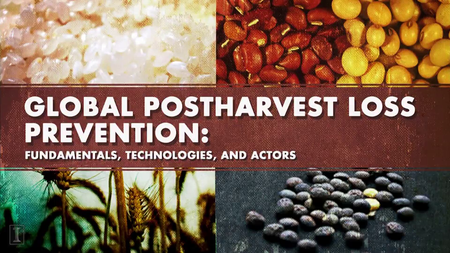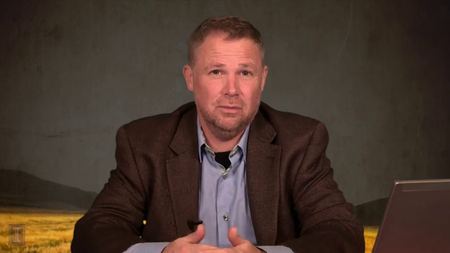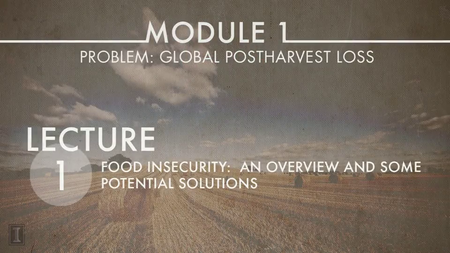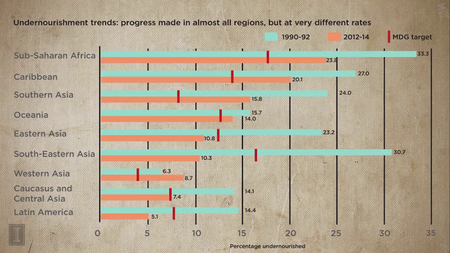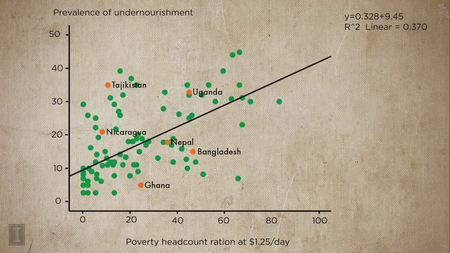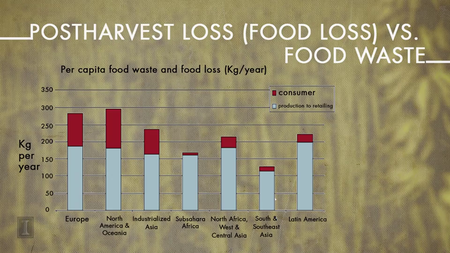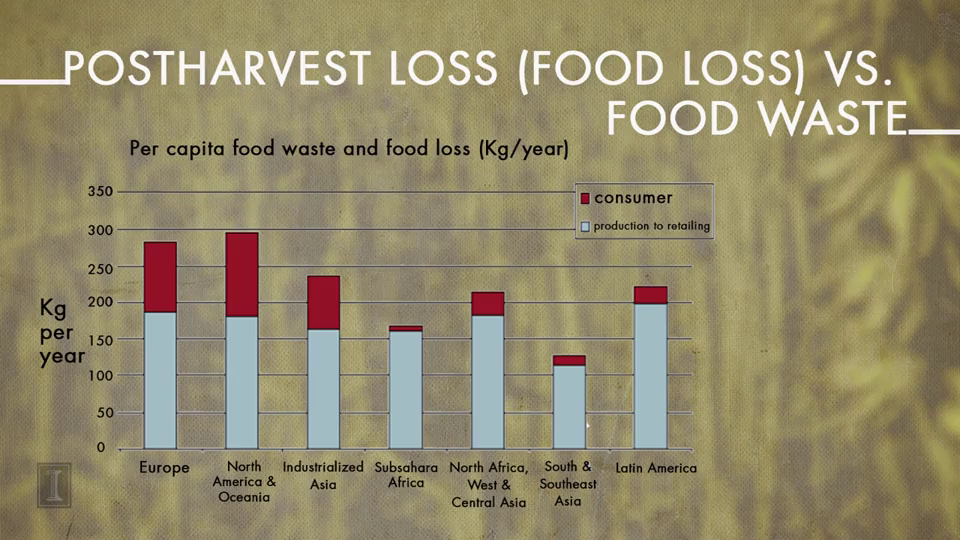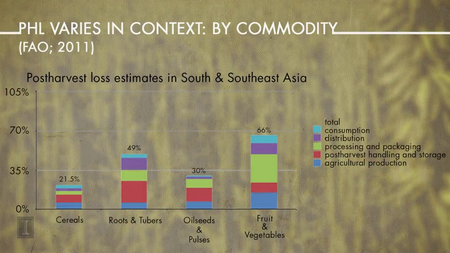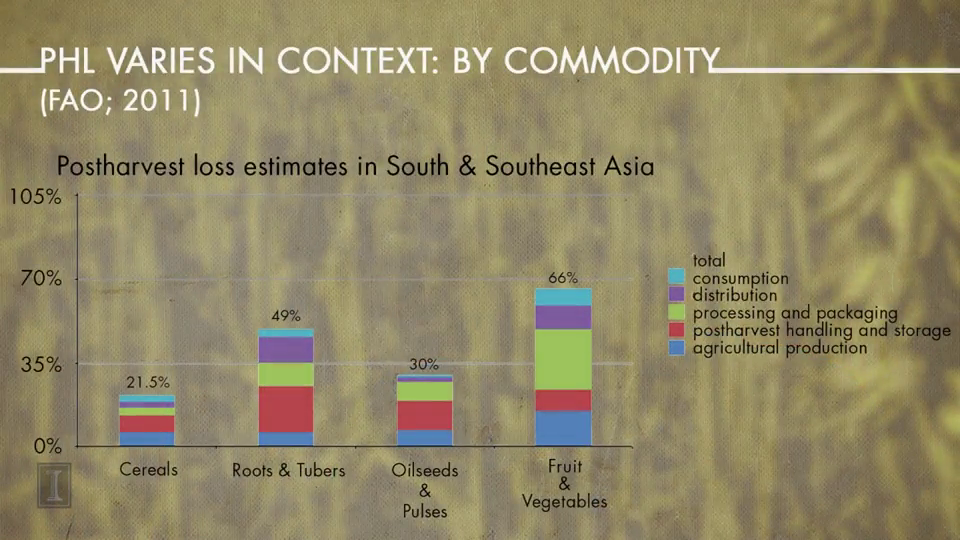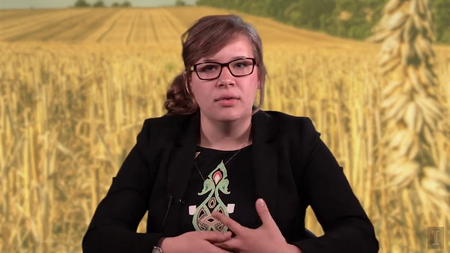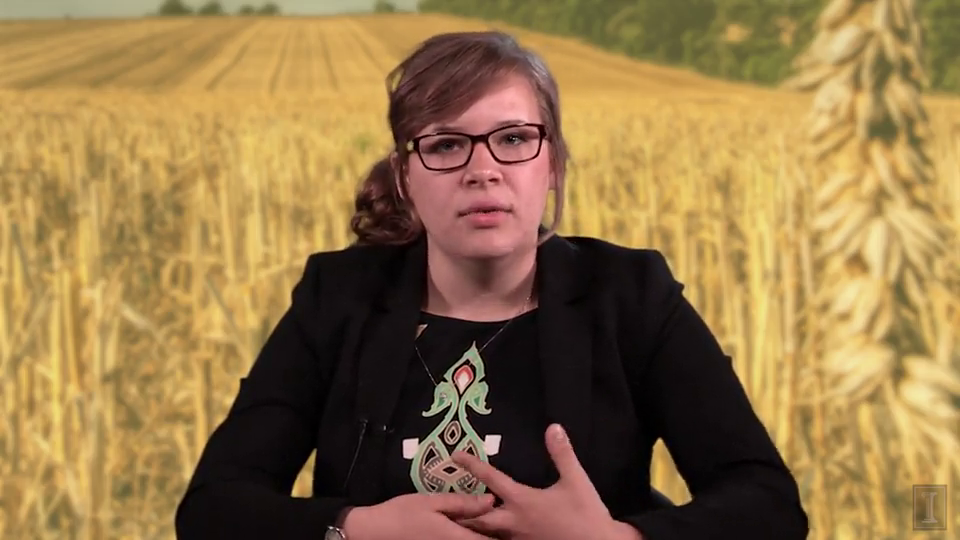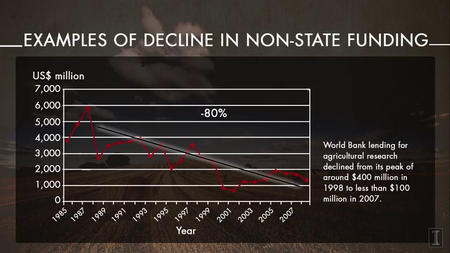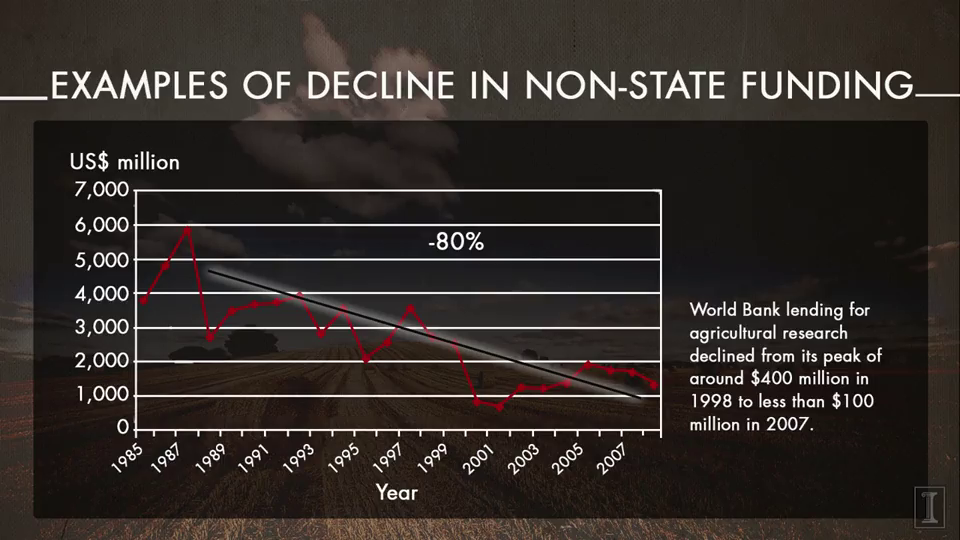Coursera - Global Postharvest Loss Prevention: Fundamentals, Technologies, and Actors (2016)
University of Illinois at Urbana-Champaign with Prasanta Kalita
WEBRip | English | MP4 | 960 x 540 | AVC ~135 kbps | 29.970 fps
AAC | 128 Kbps | 44.1 KHz | 2 channels | Subs: English (.srt) | 04:39:34 | 668 MB
Genre: eLearning Video / Biology & Life Sciences, Business & Management, Engineering
University of Illinois at Urbana-Champaign with Prasanta Kalita
WEBRip | English | MP4 | 960 x 540 | AVC ~135 kbps | 29.970 fps
AAC | 128 Kbps | 44.1 KHz | 2 channels | Subs: English (.srt) | 04:39:34 | 668 MB
Genre: eLearning Video / Biology & Life Sciences, Business & Management, Engineering
This course provides an overview of the issue of postharvest loss of grains by exploring essential physical, technical, and social dimensions of postharvest supply chains and loss prevention methods globally.Each year, estimates suggest that 1/3 of all food produced is lost or wasted, making postharvest loss a critical global food security and sustainability issue of today. Key knowledge areas are presented including:
-An overview of postharvest loss
-Supply chain activities such as harvesting, drying, and storage
-Economics and markets
-An introduction to the network of actors working in this field
We face the immense challenge of feeding over 9 billion people by the year 2050. To meet these demands, yields will have to more than double using the same amount of natural resources. In recent years, postharvest loss has been recognized by major institutions including the US government, the United Nations, the CGIAR Research Consortium, and several others as a significant opportunity to impact food security and improve livelihoods. Despite this increased attention, a lack of knowledge, technical capacity, and resources remain obstacles for stakeholders worldwide to act on these issues. This course will, for the first time, provide you as professionals, practitioners, and students, with a comprehensive introduction to postharvest loss processes and begin building capacity for loss prevention worldwide.
Course Orientation
In this module, you will become familiar with the course, your instructor, your classmates, and our learning environment.
Week 1: Problem: Global Postharvest Loss
This module will provide you with an overview of the issue of postharvest loss (PHL) and how this impacts global food security and sustainability. It will also define the postharvest supply chain.
Week 2: Causes: Major Causes & Encounters for PHL
This module will introduce you to technical, social, and economic factors and situations that lead to postharvest losses. Harvesting, drying, and storage phases will be specifically covered as stages that are both vital in the grain supply chain and in which a great deal of postharvest losses are experienced.
Week 3: Solutions: A Prevention Framework for PHL
This module will introduce you to a conceptual framework for how losses can be prevented. Theories, methods, and case examples on prevention will be covered.
Week 4: Actors: A Network of Global Stakeholders
In this module you will explore how the international community is responding to the issue of postharvest loss. The module will cover the current state of the postharvest loss prevention field, as well as provide background as to how it developed. Some key projects, initiatives, and approaches will be highlighted.
also You can watch my other last: Coursera-posts
General
Complete name : 05_3.3._Effective_Extension_for_the_Prevention_of_Postharvest_Losses_00-12-55.mp4
Format : MPEG-4
Format profile : Base Media
Codec ID : isom
File size : 25.1 MiB
Duration : 12mn 55s
Overall bit rate : 271 Kbps
Writing application : Lavf55.19.104
Video
ID : 1
Format : AVC
Format/Info : Advanced Video Codec
Format profile : Main@L3.1
Format settings, CABAC : Yes
Format settings, ReFrames : 4 frames
Codec ID : avc1
Codec ID/Info : Advanced Video Coding
Duration : 12mn 55s
Bit rate : 135 Kbps
Width : 960 pixels
Height : 540 pixels
Display aspect ratio : 16:9
Frame rate mode : Constant
Frame rate : 29.970 fps
Color space : YUV
Chroma subsampling : 4:2:0
Bit depth : 8 bits
Scan type : Progressive
Bits/(Pixel*Frame) : 0.009
Stream size : 12.5 MiB (50%)
Writing library : x264 core 138
Encoding settings : cabac=1 / ref=3 / deblock=1:0:0 / analyse=0x1:0x111 / me=hex / subme=7 / psy=1 / psy_rd=1.00:0.00 / mixed_ref=1 / me_range=16 / chroma_me=1 / trellis=1 / 8x8dct=0 / cqm=0 / deadzone=21,11 / fast_pskip=1 / chroma_qp_offset=-2 / threads=12 / lookahead_threads=2 / sliced_threads=0 / nr=0 / decimate=1 / interlaced=0 / bluray_compat=0 / constrained_intra=0 / bframes=3 / b_pyramid=2 / b_adapt=1 / b_bias=0 / direct=1 / weightb=1 / open_gop=0 / weightp=2 / keyint=250 / keyint_min=25 / scenecut=40 / intra_refresh=0 / rc_lookahead=40 / rc=crf / mbtree=1 / crf=28.0 / qcomp=0.60 / qpmin=0 / qpmax=69 / qpstep=4 / ip_ratio=1.40 / aq=1:1.00
Audio
ID : 2
Format : AAC
Format/Info : Advanced Audio Codec
Format profile : LC
Codec ID : 40
Duration : 12mn 55s
Bit rate mode : Constant
Bit rate : 128 Kbps
Channel(s) : 2 channels
Channel positions : Front: L R
Sampling rate : 44.1 KHz
Compression mode : Lossy
Stream size : 11.8 MiB (47%)
Complete name : 05_3.3._Effective_Extension_for_the_Prevention_of_Postharvest_Losses_00-12-55.mp4
Format : MPEG-4
Format profile : Base Media
Codec ID : isom
File size : 25.1 MiB
Duration : 12mn 55s
Overall bit rate : 271 Kbps
Writing application : Lavf55.19.104
Video
ID : 1
Format : AVC
Format/Info : Advanced Video Codec
Format profile : Main@L3.1
Format settings, CABAC : Yes
Format settings, ReFrames : 4 frames
Codec ID : avc1
Codec ID/Info : Advanced Video Coding
Duration : 12mn 55s
Bit rate : 135 Kbps
Width : 960 pixels
Height : 540 pixels
Display aspect ratio : 16:9
Frame rate mode : Constant
Frame rate : 29.970 fps
Color space : YUV
Chroma subsampling : 4:2:0
Bit depth : 8 bits
Scan type : Progressive
Bits/(Pixel*Frame) : 0.009
Stream size : 12.5 MiB (50%)
Writing library : x264 core 138
Encoding settings : cabac=1 / ref=3 / deblock=1:0:0 / analyse=0x1:0x111 / me=hex / subme=7 / psy=1 / psy_rd=1.00:0.00 / mixed_ref=1 / me_range=16 / chroma_me=1 / trellis=1 / 8x8dct=0 / cqm=0 / deadzone=21,11 / fast_pskip=1 / chroma_qp_offset=-2 / threads=12 / lookahead_threads=2 / sliced_threads=0 / nr=0 / decimate=1 / interlaced=0 / bluray_compat=0 / constrained_intra=0 / bframes=3 / b_pyramid=2 / b_adapt=1 / b_bias=0 / direct=1 / weightb=1 / open_gop=0 / weightp=2 / keyint=250 / keyint_min=25 / scenecut=40 / intra_refresh=0 / rc_lookahead=40 / rc=crf / mbtree=1 / crf=28.0 / qcomp=0.60 / qpmin=0 / qpmax=69 / qpstep=4 / ip_ratio=1.40 / aq=1:1.00
Audio
ID : 2
Format : AAC
Format/Info : Advanced Audio Codec
Format profile : LC
Codec ID : 40
Duration : 12mn 55s
Bit rate mode : Constant
Bit rate : 128 Kbps
Channel(s) : 2 channels
Channel positions : Front: L R
Sampling rate : 44.1 KHz
Compression mode : Lossy
Stream size : 11.8 MiB (47%)
Screenshots
Exclusive eLearning Videos ParRus-blog ← add to bookmarks


